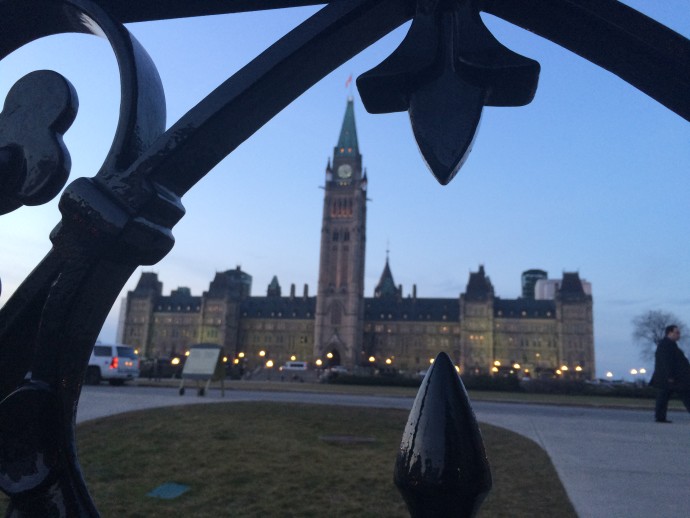January 1, 2017
7 big developments in Canadian politics for 2017
By Andrew Cardozo

Seven big developments in Canadian politics to watch for
We live in an era where politics change constantly and the unexpected is what happens again and again. Brexit and Donald Trump are now synonyms for unexpected change as much as they are about what they are.
But we can still put together the results of these changes to predict what will happen.
Here are several changes to expect in Canada.
1. Justin Trudeau. Trudeau and his Liberals will continue to be popular because they reflect the unique Canadian progressive mainstream, whicch in this moment, is this island of stability and sanity in a world of uncertain conservative populism – almost insanity. We had our change election recently which saw the Liberals replace the Harper Conservatives and now the support for the Liberals will remain strong. Their popularity will not fall on the tough decisions they are beginning to make on issues like pipelines, electoral reform and marijuana, but on the trouble around fundraising, or
other political controversies.
2. The Conservatives. The party will elect a populist leader, either Kevin O’Leary or Kellie Leitch, because they make the news and can bring in the money, and are running as outsiders. Never mind that Leitch is not an outsider and both are very much establishment, they are running to shake up the establishment and that has a big base of support among rank and file conservatives. This can only be stopped if the “mainstream” conservatives, now a combination of Harper’s Reformers with more right wing PCs, can coalesce around a candidate such as Andrew Scheer. The only non-bilingual Conservative who can win is Kevin O’Leary. He is very much a Donald Trump figure, although a less brash one. Bottom line, it will nto be an easy transition once the new leader is in place.
3. The NDP. They will elect Charlie Angus or Jagmeet Singh. The latter being more of the change agent. Unless Avi Lewis can be convinced to run. I think Naomi Klein is the more politically attractive candidate, but no one in the NDP raises her name. The party will adopt the bulk of the Leap Manifesto and be driven back to its roots and will be allowed to use the term “social democratic” again.
4. Climate change. This will be one of the toughest policy items not for the reason it has been tough to date, but because the new American administration will decree that climate change is a hoax which will slow down Canadian progress, stall it or even reverse it.
5. Indigenous issues will become more high profile, as the government moves through the recommendations of the Truth and Reconciliation Commission report, and will have to decide where it ratchets up the spending. Support for how many Indigenous Languages, versus support for housing and running water on remote reserves, for example.
6. The Trump relationship. While it may be early to say how this will work, for the most part, Canada is not on Trump’s “Black list”. We are not a problem for the Trump administration, so even if he intends to scrap NAFTA, he may well be willing to deal with the FTA aspects of it.
7. The U.S. Democratic Party will resume control of the House of Representatives in the mid-term election in two years, possible, but not likely the Senate (the right seats are not coming up this time) and that is the only thing that will begin to slow down the Trump juggernaut. The Trump presidency will face its first real domestic challenge when it needs to work with a Democratic lower House.
(Andrew Cardozo is president of the Pearson Centre and adjunct professor at Carleton University.)



